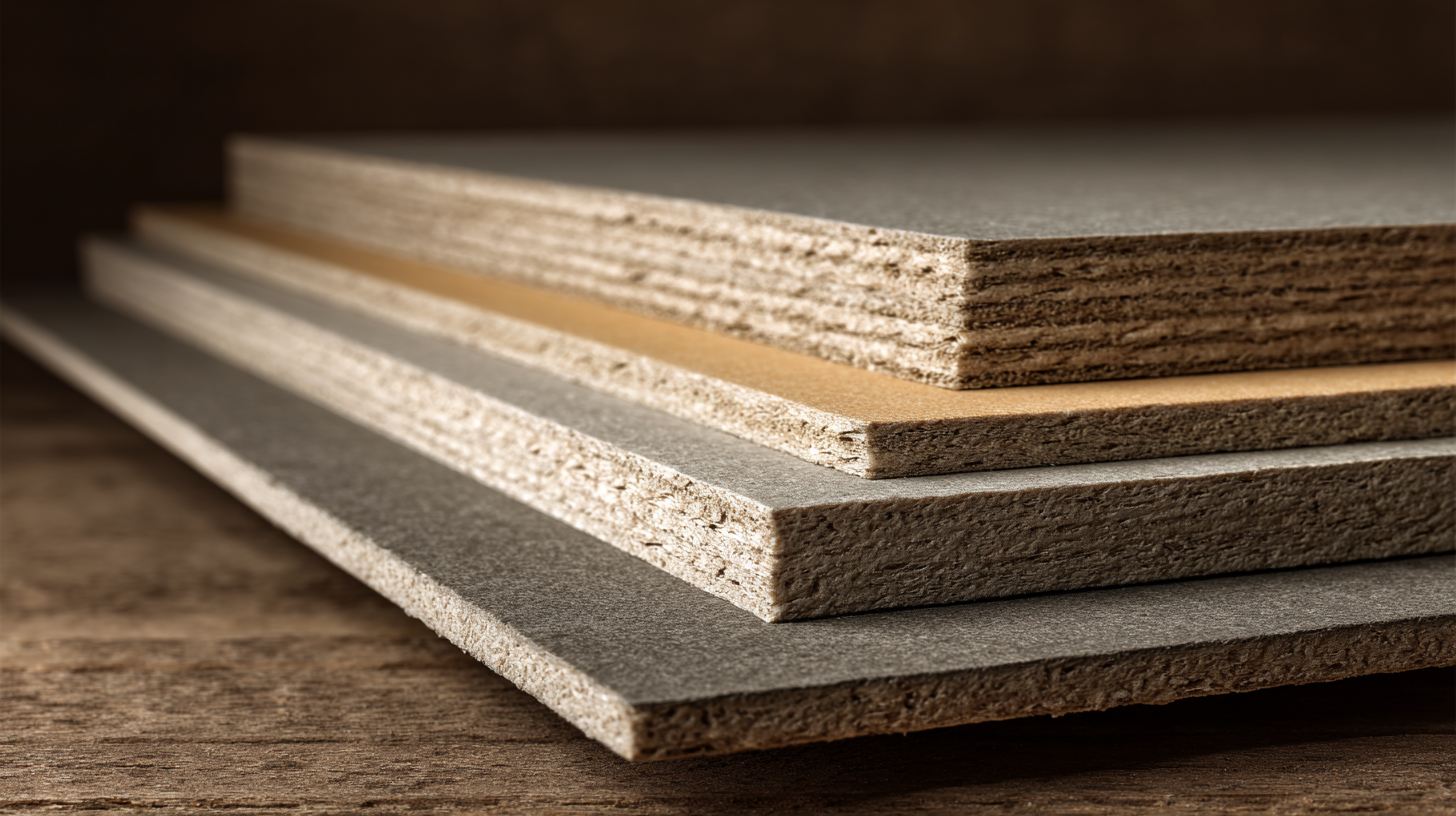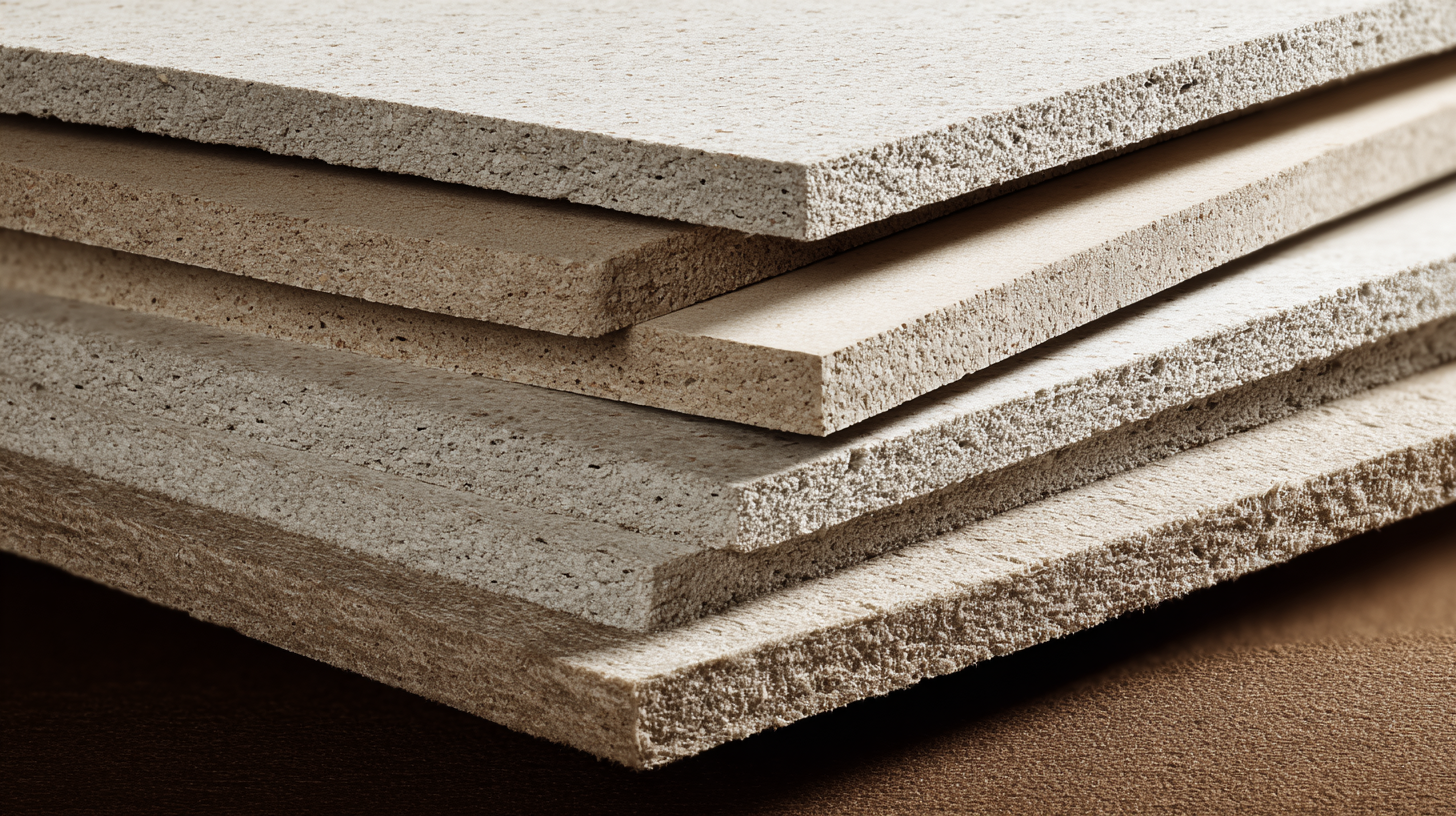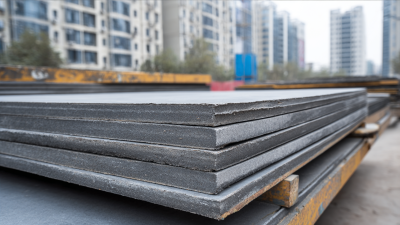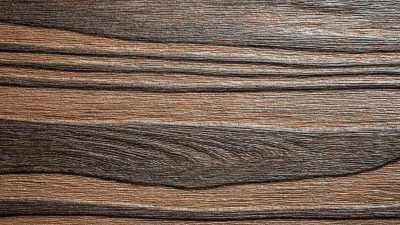What is Compressed Fiber Cement Board and Why You Should Consider It
In recent years, the construction and building materials industry has witnessed a significant shift towards sustainability and efficiency, prompting a growing interest in innovative materials like Compressed Fiber Cement Board. According to a report by Grand View Research, the global fiber cement board market is expected to reach $1.61 billion by 2025, reflecting a compound annual growth rate (CAGR) of 4.8% from 2019 to 2025. This rising demand is largely driven by the material's durability, fire resistance, and ecological benefits, making it an appealing alternative to traditional options.
Compressed Fiber Cement Board, known for its strength and versatility, provides enhanced structural integrity while minimizing environmental impact. As builders and architects seek sustainable solutions in response to stringent regulations and client demands, understanding the advantages of Compressed Fiber Cement Board becomes essential for informed decision-making in modern construction projects.
Benefits of Using Compressed Fiber Cement Board for Construction Projects
Compressed fiber cement board has emerged as a preferred material in the construction industry, owing to its unique composition and numerous advantages. According to a report by MarketsandMarkets, the global market for fiber cement boards is projected to reach USD 3.9 billion by 2025, highlighting the growing acceptance and utilization of this material in various construction projects.
One of the primary benefits of compressed fiber cement board is its exceptional durability, which offers resistance to fire, moisture, and termites. This makes it an ideal choice for both exterior and interior applications, effectively extending the lifespan of the structures built with it.
Moreover, compressed fiber cement boards are known for their environmental benefits. A study published in the Journal of Cleaner Production revealed that fiber cement boards can significantly reduce the carbon footprint of construction projects, as they are often made from recycled materials and consist of sustainable resources. The material's ability to mimic natural wood and stone while requiring minimal maintenance also attracts eco-conscious builders. With features such as high impact resistance and enhanced acoustic performance, compressed fiber cement boards not only contribute to energy efficiency but also elevate the overall aesthetic of construction designs.
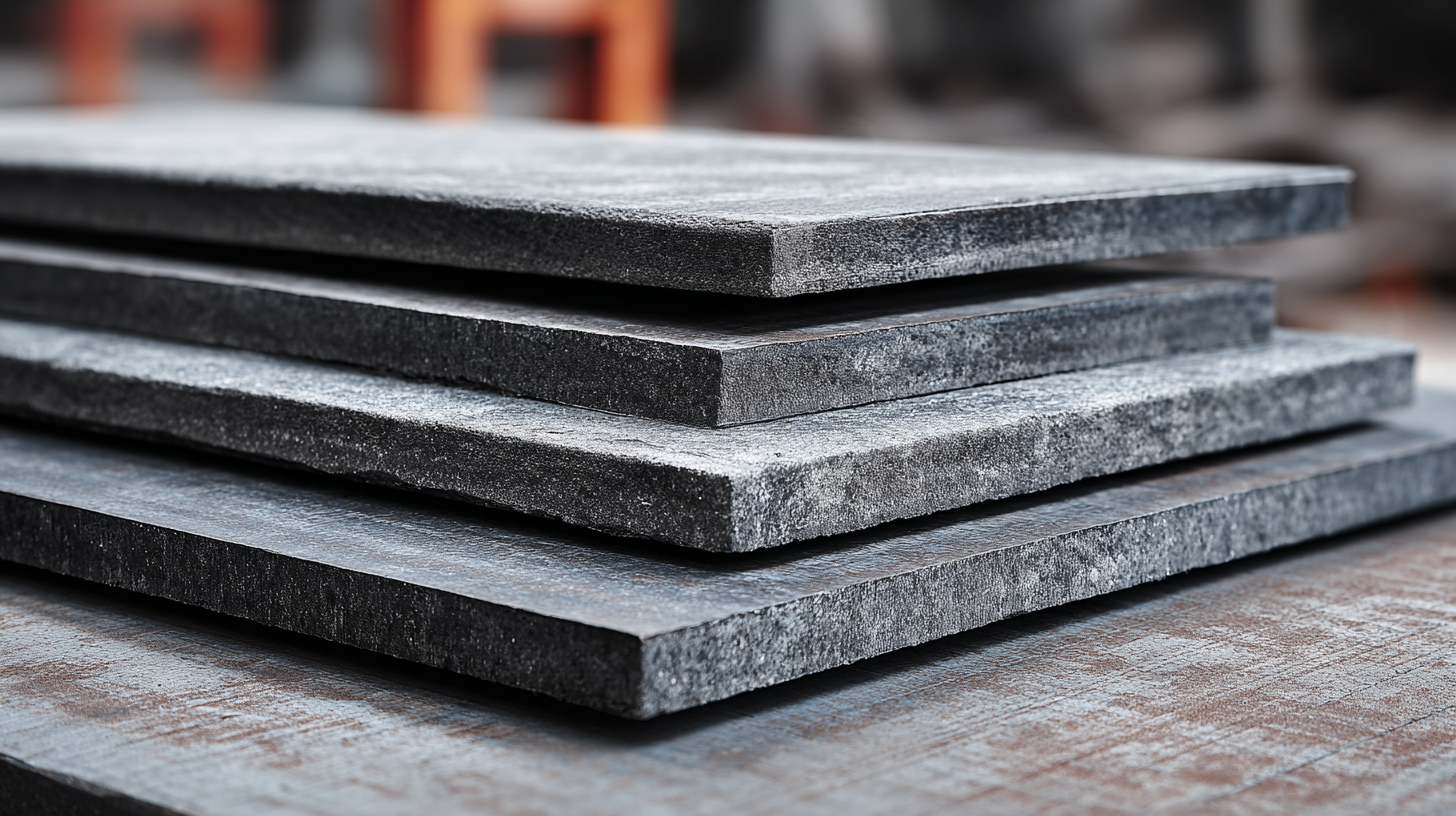
Comparative Analysis: Compressed Fiber Cement Board vs. Traditional Building Materials
When it comes to building materials, the choice between compressed fiber cement board and traditional options like wood or gypsum board is becoming increasingly significant. Compressed fiber cement board is known for its durability, moisture resistance, and fireproof qualities, making it a strong contender for various applications. In contrast, traditional materials may offer ease of installation and lower initial costs but often fall short in performance, particularly in adverse weather conditions or when exposed to moisture.
Tips: When considering your material options, think about the long-term impact on your structure. Compressed fiber cement board may require a higher upfront investment, but its longevity can result in lower maintenance costs over time. Additionally, evaluate the environmental impact of your choices; many compressed fiber cement boards are made from sustainable materials, whereas traditional building materials may involve more extensive deforestation and processing.
Furthermore, compressed fiber cement boards are adaptable to both residential and commercial settings, proving to be an excellent alternative to traditional drywall or wood panels. Their versatility in design and finish allows for greater aesthetic freedom without compromising structural integrity. For those looking to enhance their building project sustainably, compressed fiber cement board stands out as a modern solution that caters to both functional and environmental needs.
Comparison of Compressed Fiber Cement Board and Traditional Building Materials
Top 5 Applications for Compressed Fiber Cement Board in Modern Architecture
Compressed Fiber Cement Board (CFCB) is increasingly recognized in modern architecture for its versatility and durability. One of the top applications for CFCB is in cladding systems. According to a report by the Global Cement and Concrete Association, cladding accounts for approximately 30% of all fiber cement product applications, as architects and builders appreciate its weather resistance and fireproof properties. CFCB can enhance the aesthetic appeal of buildings while providing essential protection against the elements.
Another critical application is in interior partitions. The market for interior building materials is projected to grow significantly, with CFCB playing a vital role due to its sound insulation capabilities and structural strength. Data from ResearchAndMarkets indicates that the demand for lightweight partition materials will increase by 6.5% annually through 2027, positioning CFCB as a prime choice in both commercial and residential projects. Furthermore, CFCB is ideal for wet areas like bathrooms and kitchens, where moisture resistance is essential, making it a practical option for modern, functional spaces. The versatile nature of Compressed Fiber Cement Board ensures its place in the future of sustainable architecture.
What is Compressed Fiber Cement Board and Why You Should Consider It - Top 5 Applications for Compressed Fiber Cement Board in Modern Architecture
| Application |
Description |
Benefits |
Typical Uses |
| Facade Cladding |
Used for exterior wall surfaces, providing thermal insulation and aesthetic appeal. |
Durable, weather-resistant, and available in various finishes. |
Residential and commercial buildings. |
| Interior Partitions |
Lightweight yet sturdy panels used to create room divisions. |
Excellent sound insulation and fire-resistance. |
Offices, schools, and other commercial spaces. |
| Roof Underlayment |
Installed beneath roofing materials to enhance durability and moisture management. |
Increases roof longevity and offers protection from leaks. |
Residential and commercial roofing systems. |
| Flooring |
Used as a substrate for various floor finishes. |
Moisture resistant and offers stability under different flooring materials. |
Commercial and residential spaces. |
| Precast Panels |
Factory-made panels that reduce construction time and labor costs. |
High strength and versatility for complex designs. |
High-rise buildings, industrial structures. |
Key Features that Make Compressed Fiber Cement Board a Superior Choice
Compressed fiber cement board stands out as a superior choice for construction and design due to its impressive features. One of the primary benefits is its strength and durability, which are enhanced by the incorporation of natural fibers such as sisal and cellulose. These fibers not only improve the mechanical properties of the composite but also contribute to the sustainability aspect of building materials. The use of lignocellulosic fibers helps in reducing the carbon footprint associated with conventional cement composites, making it an environmentally friendly option.
Additionally, the versatility of compressed fiber cement boards is notable. They come in a variety of colors and profiles, allowing for aesthetic customization while maintaining functionality. Recent innovations have highlighted their use in creating unique architectural designs, such as
curved panels that seamlessly blend with organic interior concepts. The ability to adapt to different structural needs while offering excellent
thermal and fire resistance makes compressed fiber cement boards an exceptional material in modern construction practices.
Considerations for Installing Compressed Fiber Cement Board in Your Next Project
When considering the installation of compressed fiber cement board in your next project, there are several key factors to keep in mind. First and foremost is the material's durability and resistance to weathering. Compressed fiber cement boards are known for their strength, which makes them ideal for both interior and exterior applications. They can withstand harsh environmental conditions, including moisture, which is crucial for areas prone to humidity or water exposure. This durability not only extends the life of the installation but also reduces the need for frequent repairs or replacements.
Additionally, the installation process itself requires careful planning. Proper moisture control and ventilation during installation can significantly affect the performance of the board. Ensure that the surface is clean and dry before application, and consider using appropriate sealing methods to enhance water resistance. It's also essential to follow the manufacturer's guidelines regarding cutting and handling to avoid damage to the boards. By taking these considerations into account, you can ensure a successful and long-lasting installation of compressed fiber cement board in your project.

Products
About Us
Download
News
Blog
Contact Us
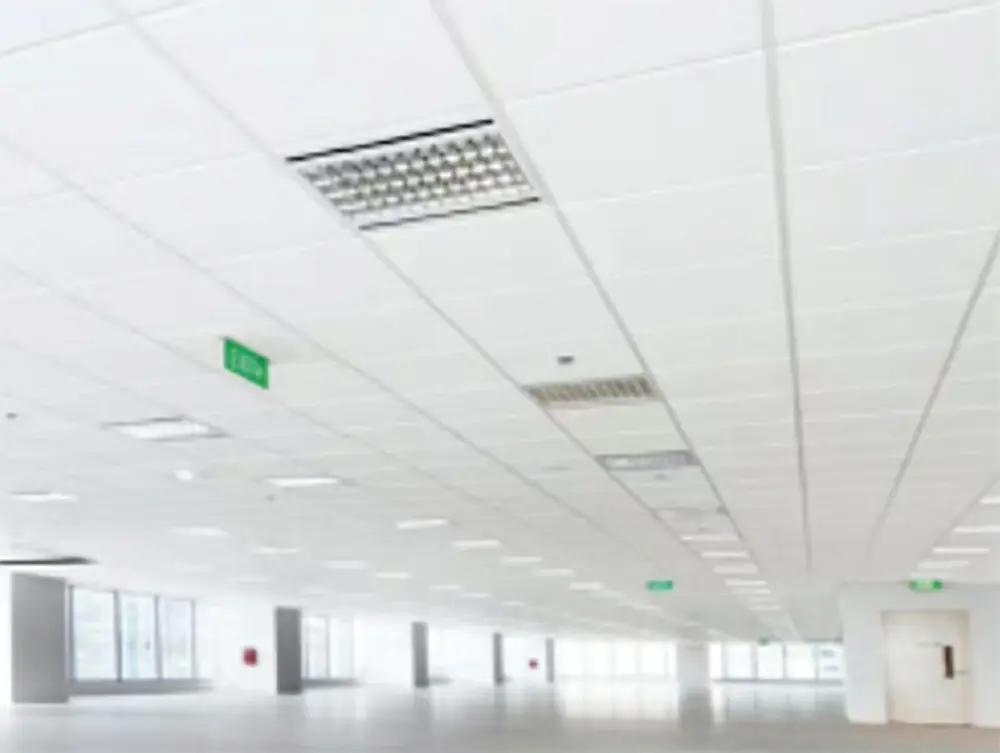 LEAO®Deco Ceiling
LEAO®Deco Ceiling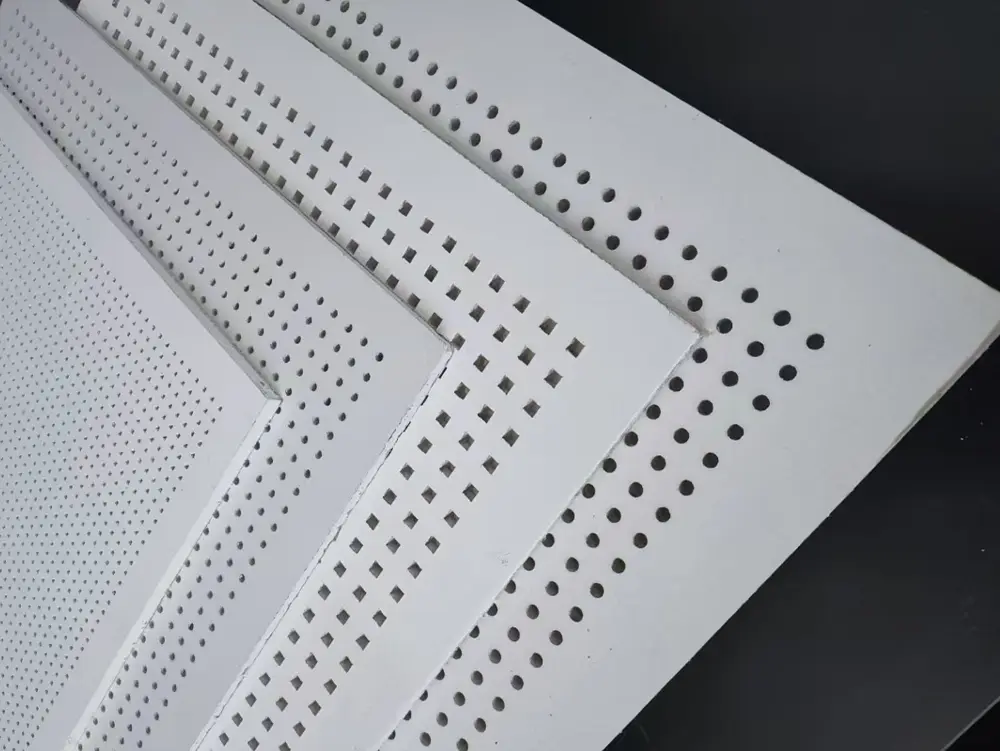 LEAO® Perforated Ceiling
LEAO® Perforated Ceiling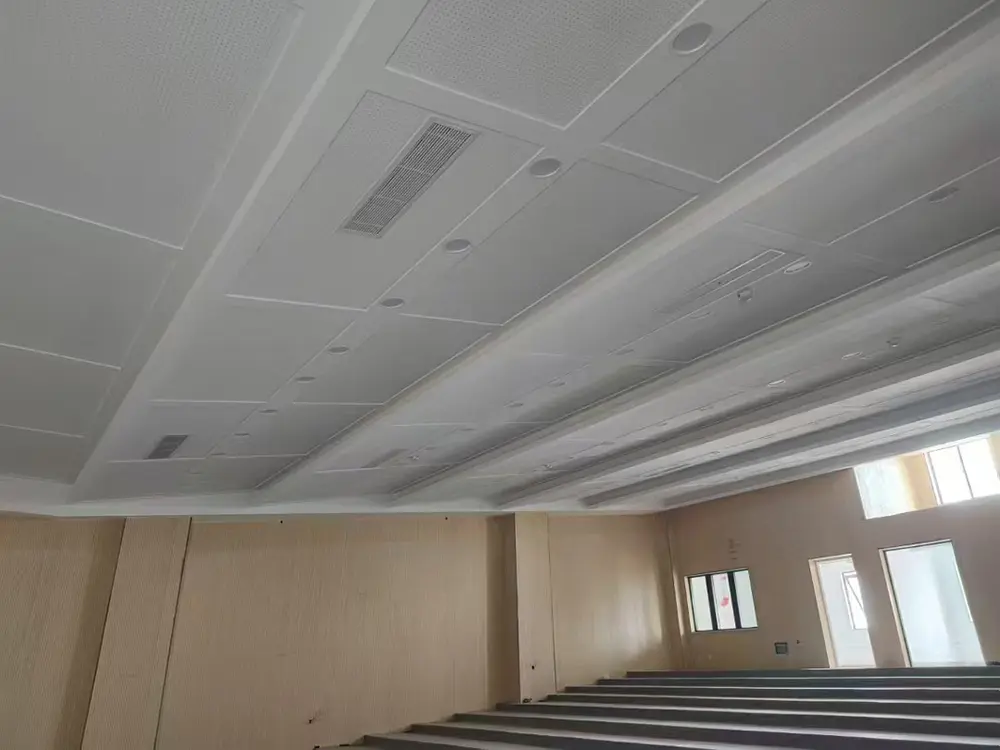 LEAO® Ceiling Board
LEAO® Ceiling Board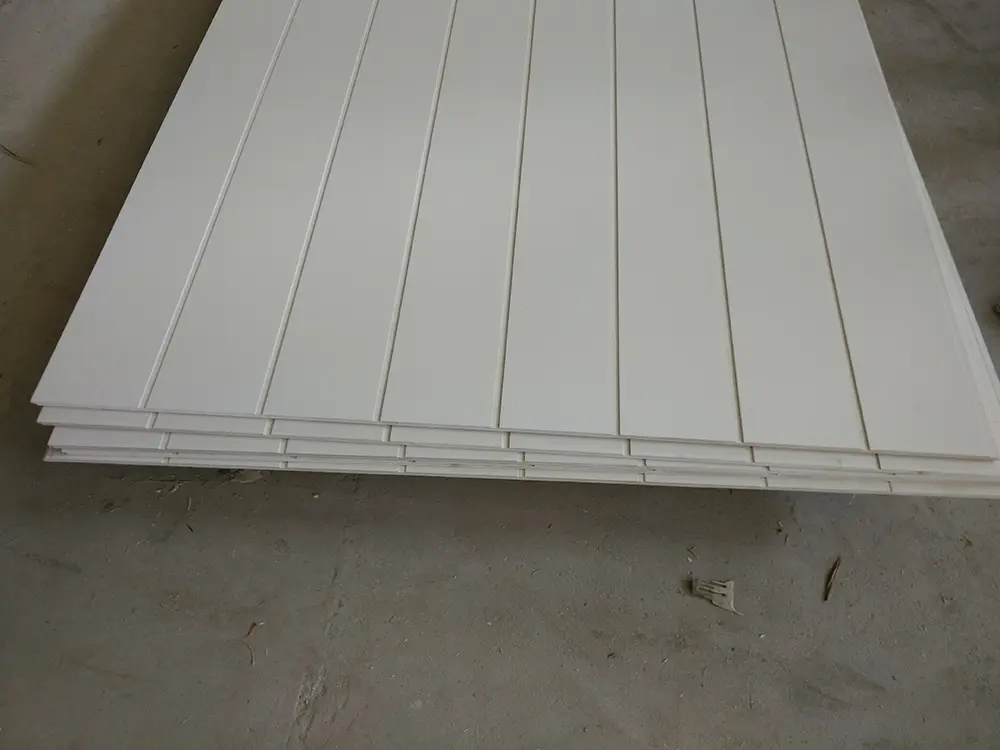 LEAO® Groove Interior Panel
LEAO® Groove Interior Panel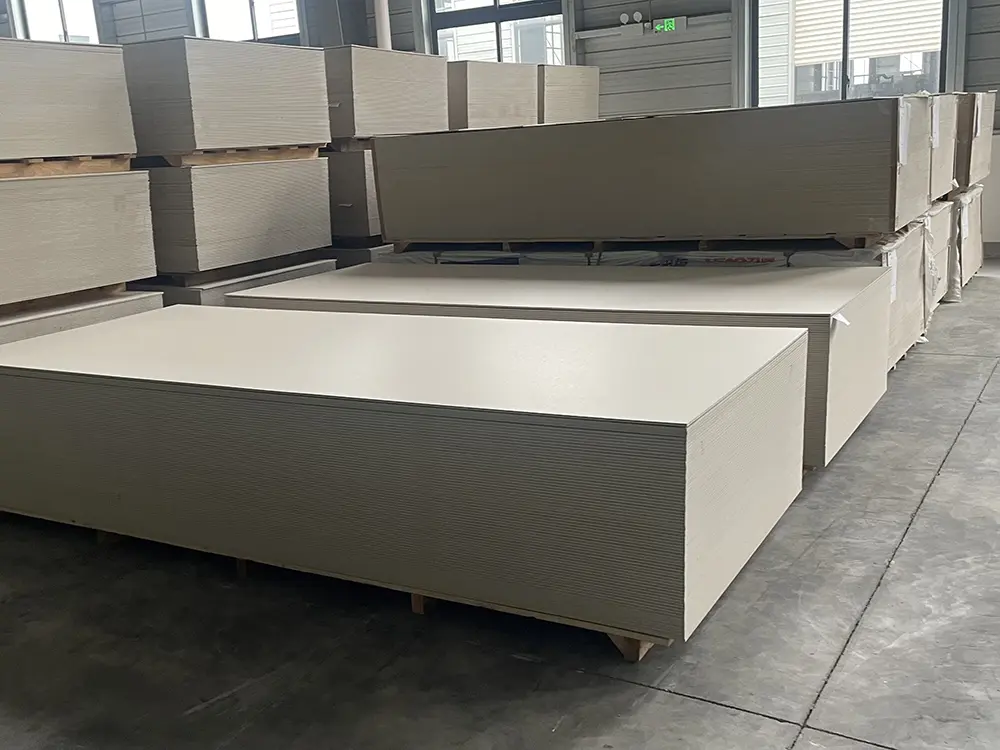 LEAO® Interior Board
LEAO® Interior Board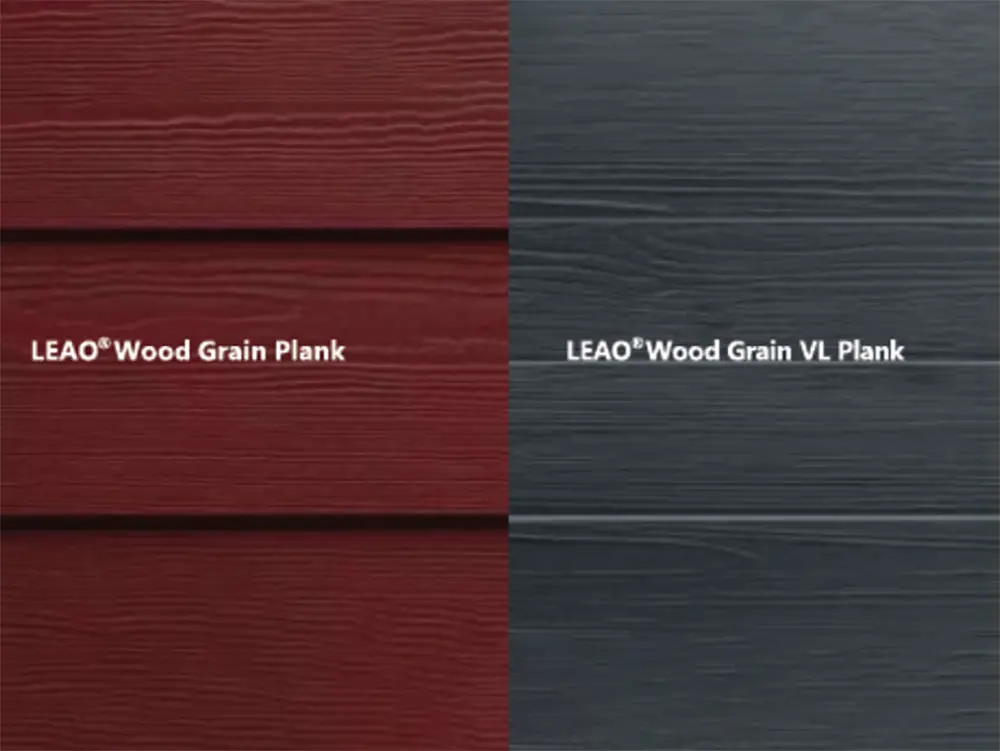 LEAO® Wood Grain Plank
LEAO® Wood Grain Plank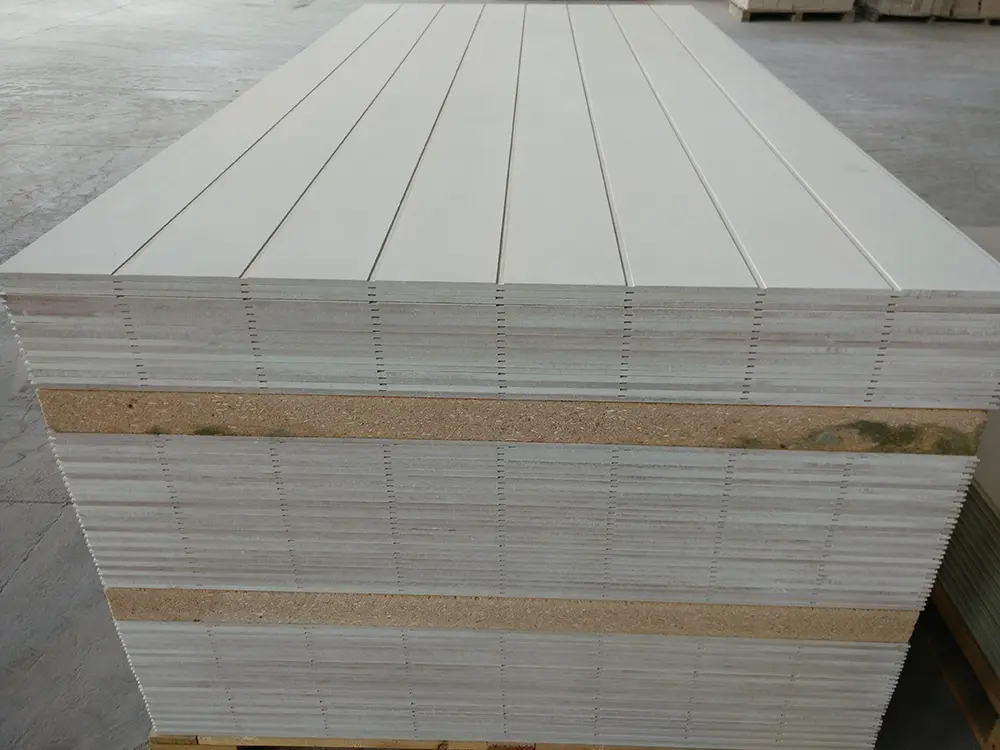 LEAO® Grooved Exterior Panel
LEAO® Grooved Exterior Panel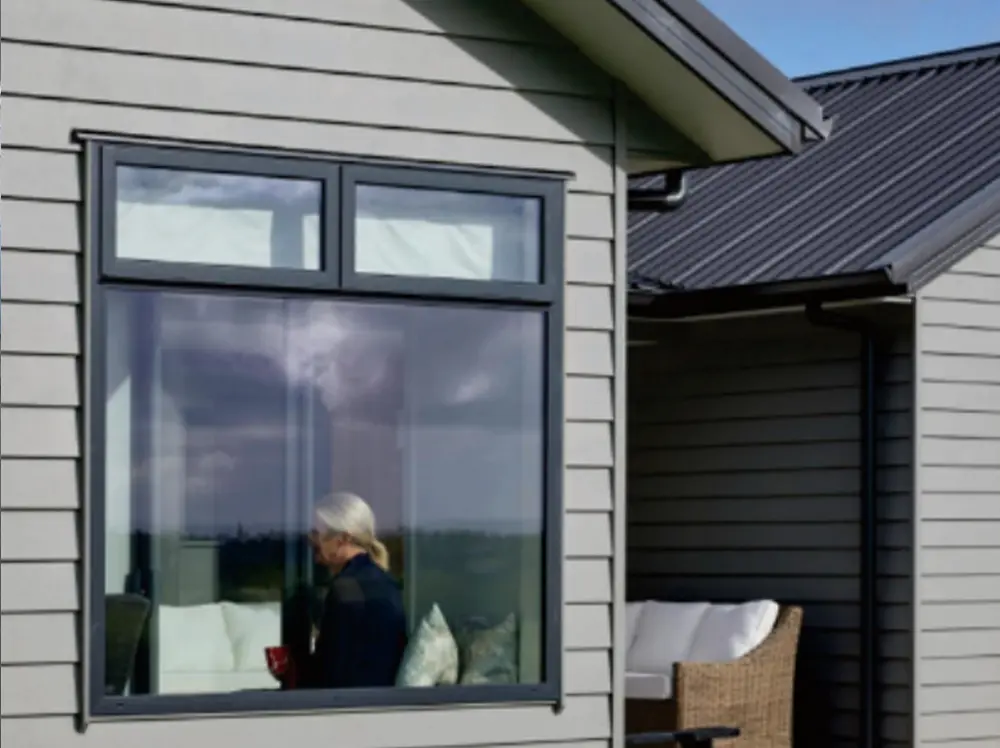 LEAO® Weatherboard
LEAO® Weatherboard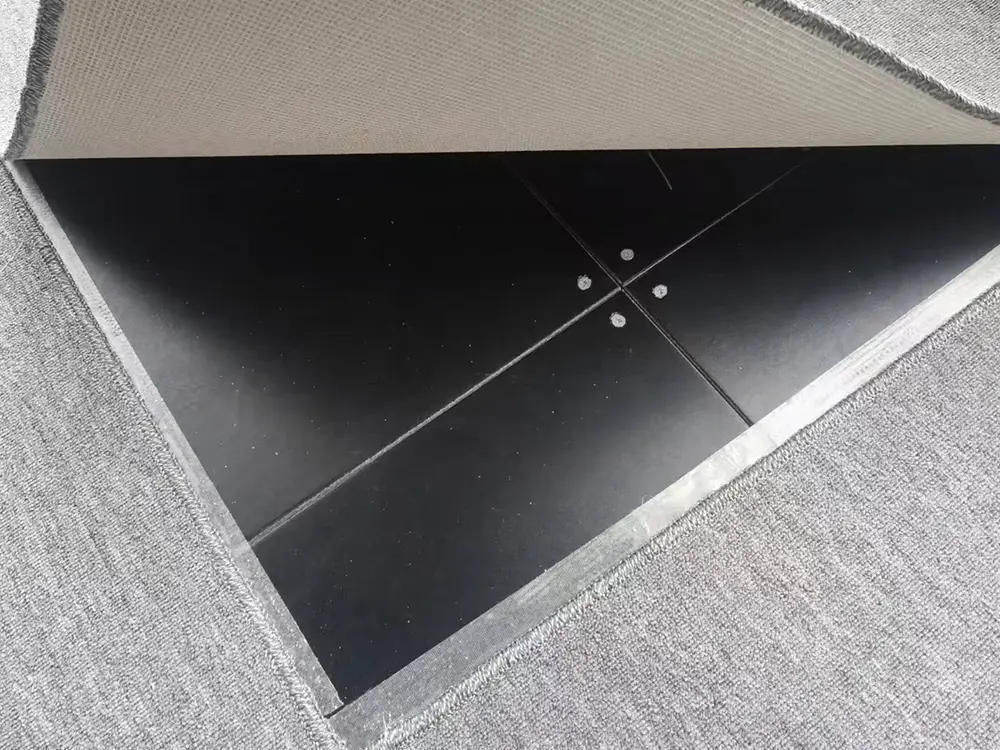 LEAO® Access Floors
LEAO® Access Floors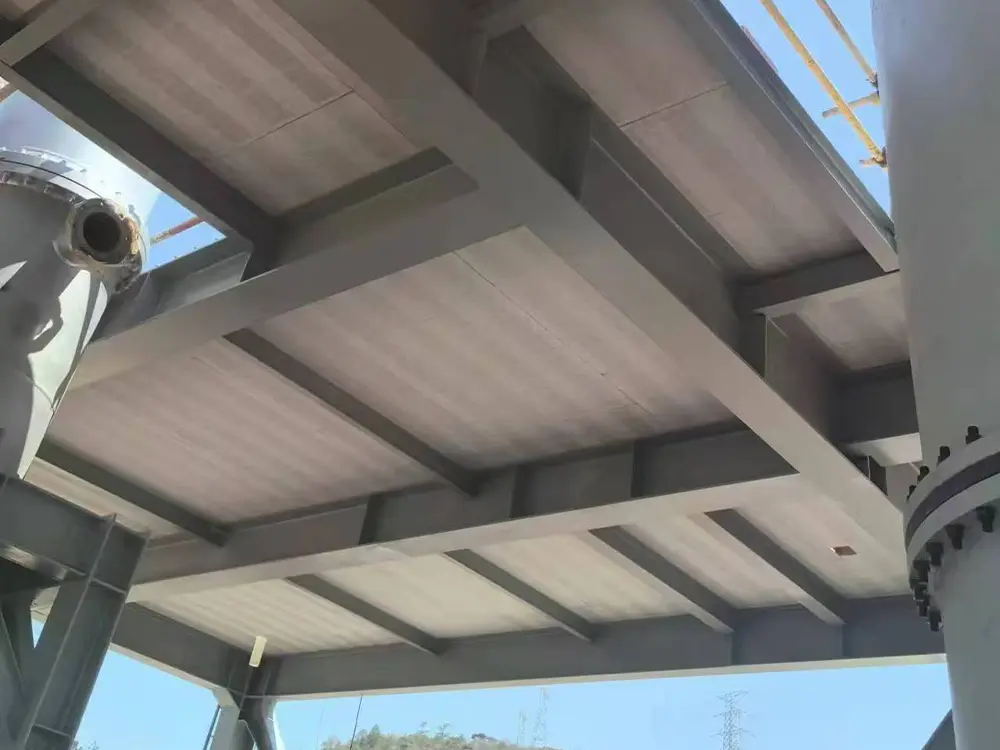 LEAO® Non-removable Formwork
LEAO® Non-removable Formwork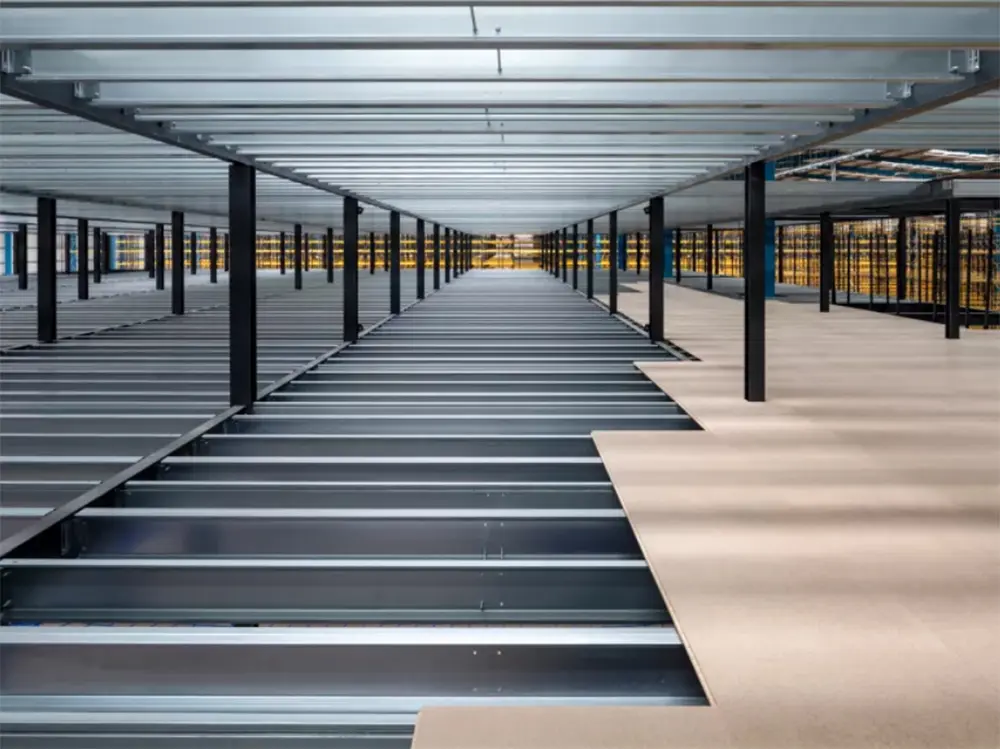 LEAO® Mezzanine Board
LEAO® Mezzanine Board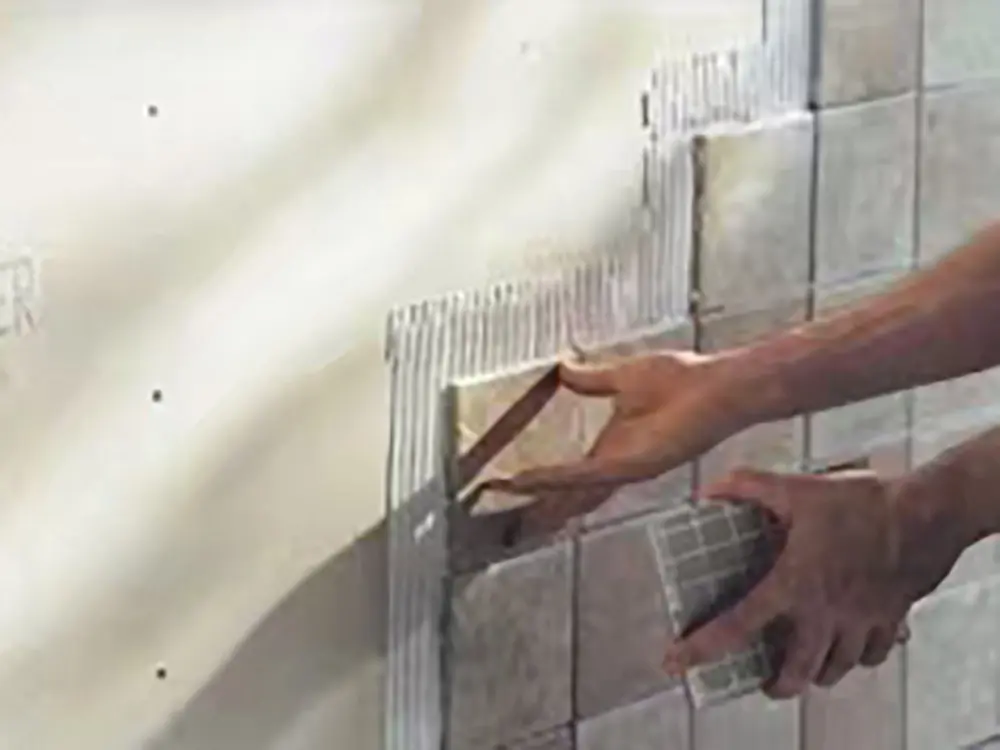 LEAO® Ceramic Tile Underlay
LEAO® Ceramic Tile Underlay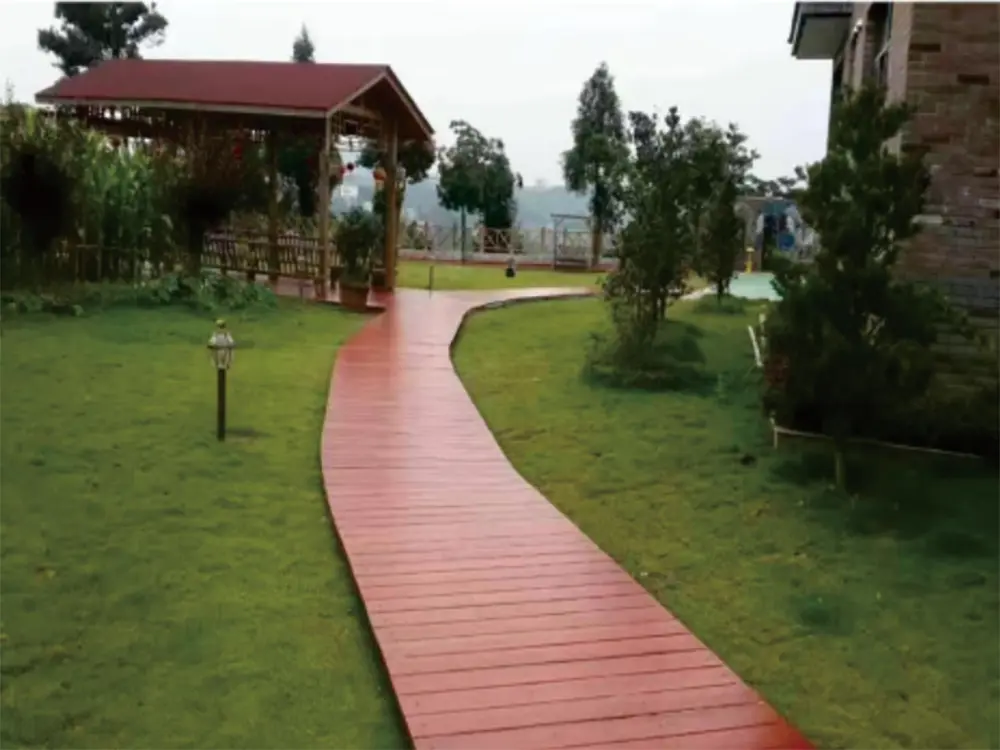 LEAO® Floor Plank
LEAO® Floor Plank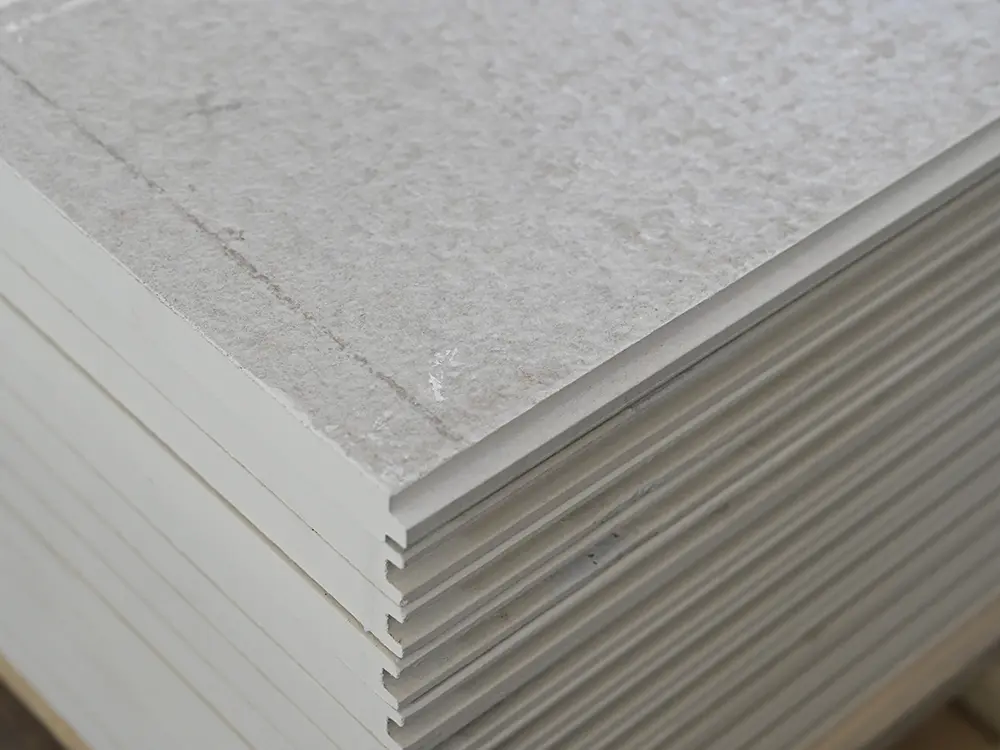 LEAO® Flooring
LEAO® Flooring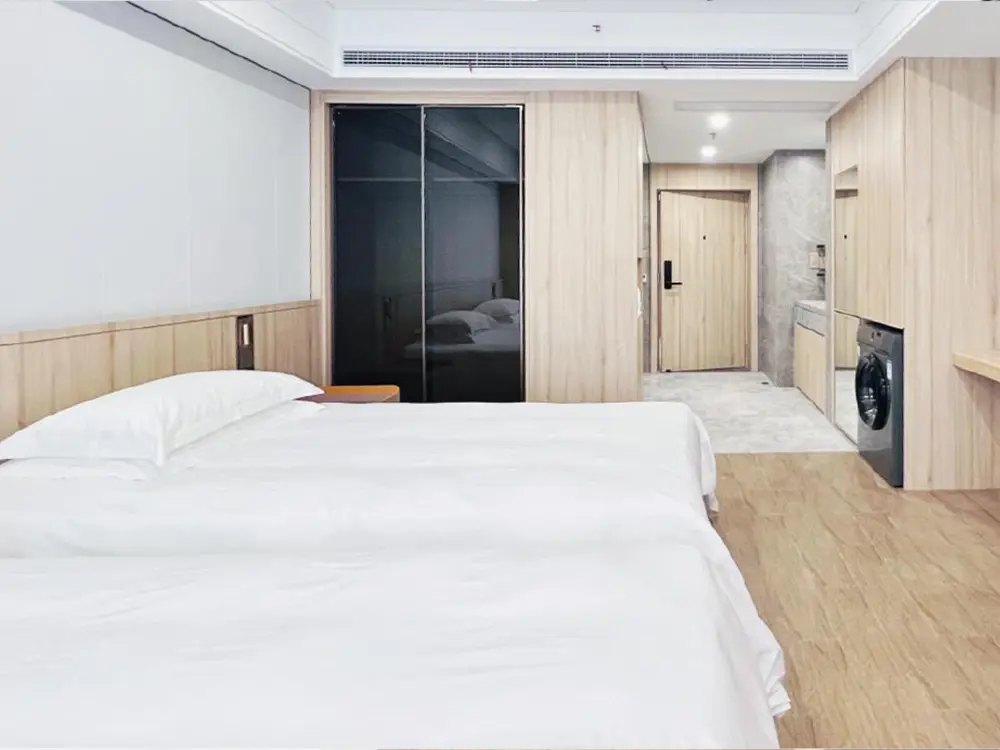 LEAO® Wood Style Decorative Panel
LEAO® Wood Style Decorative Panel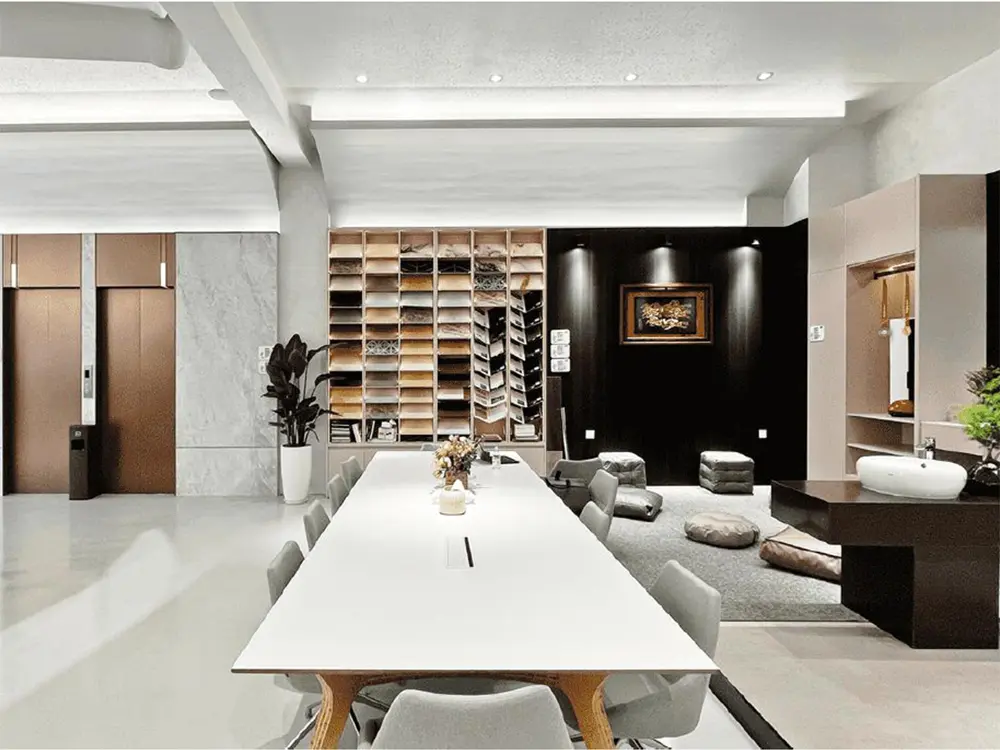 LEAO® Stone Style Decorative Panel
LEAO® Stone Style Decorative Panel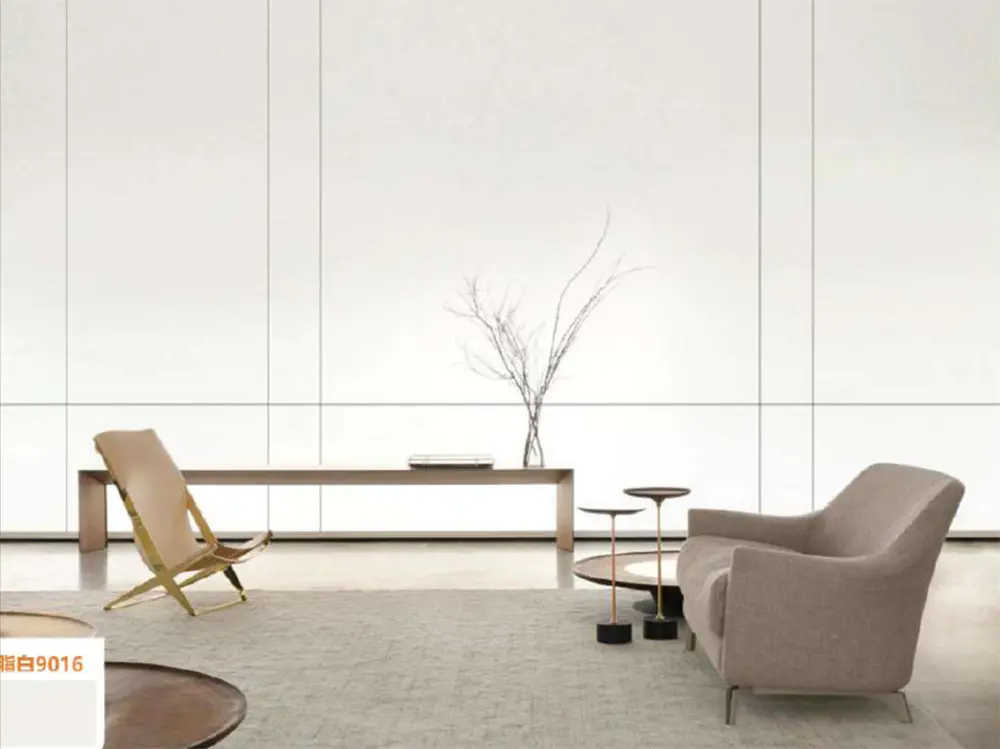 LEAO® Pure Style Decorative Panel
LEAO® Pure Style Decorative Panel